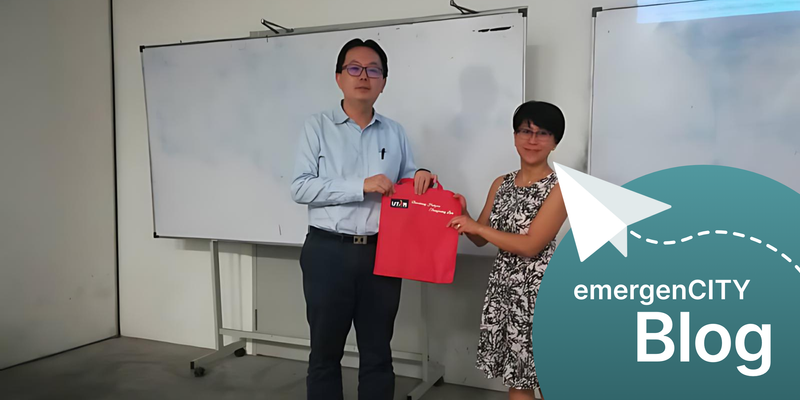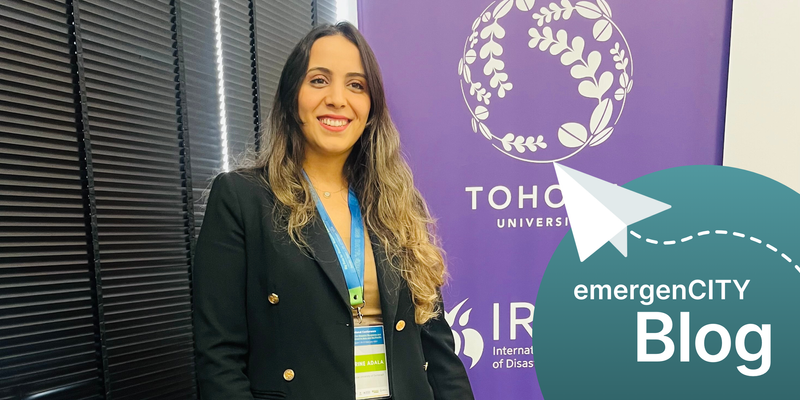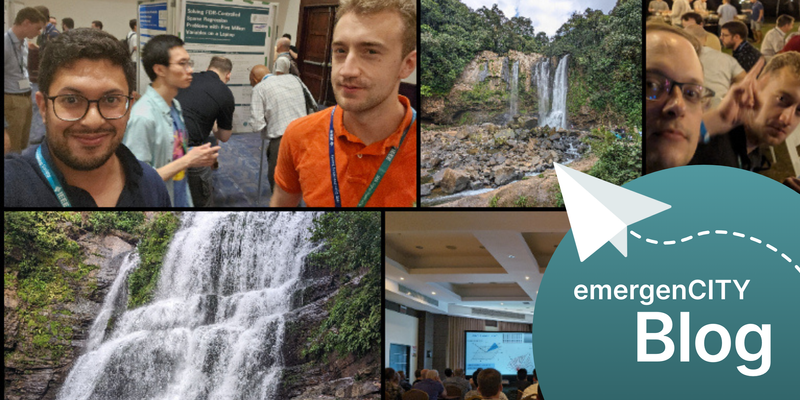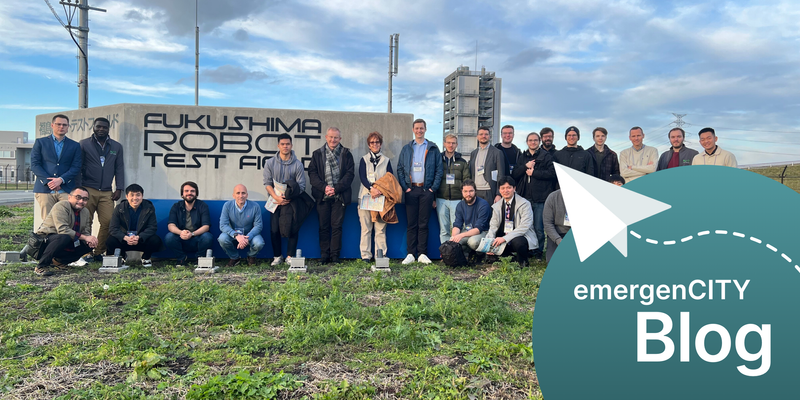During my recent visit, I had the pleasure of collaborating with esteemed faculty members at Universiti Tunku Abdul Rahman(UTAR), particularly engaging with the distinguished Prof. Ying Loong Lee. Our collaborative efforts during this visit encompassed two pivotal objectives. Firstly, we embarked on crafting a groundbreaking conference paper centered around the intricacies of proportional-fair load balancing, intertwined with the intricacies of statistical quality of service provisioning for aerial base stations. Our aim? To harness the inherent flexibility of aerial base stations’ mobility, strategically maximizing user reach while guaranteeing quality service delivery.
Secondly, our focus extended towards the meticulous preparation of a national proposal tailored for Malaysia, with the intent to secure funding for internal Ph.D. students. The proposal zeroes in on the pressing need for proximal gradient-based beamforming optimization within cell-free massive multi-input-multi-output (MIMO) systems. In a landscape where devices and base stations boast multi-antennas, the imperative lies in facilitating seamless cooperation among these stations via a centralized processing unit. This synergy enables the transmission of multiple spatially directive signals through beamforming, empowering multiple users to access services simultaneously.
Furthermore, it was an honor to contribute insights during a captivating discourse on the evolution of wireless communication, transcending the realms of 5G and delving into the promising horizons of 6G. Our discussions, especially focusing on UAV networks, sparked a plethora of intriguing topics, fostering rich exchanges among faculty members and igniting fresh avenues for exploration in the ever-evolving domain of telecommunications.



